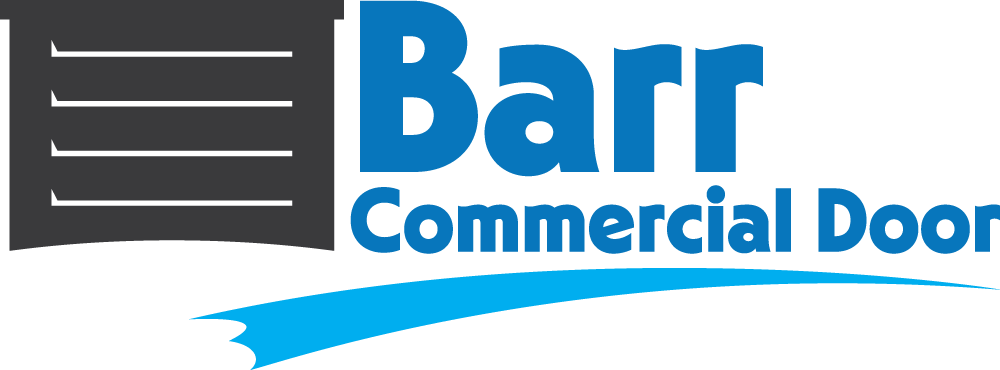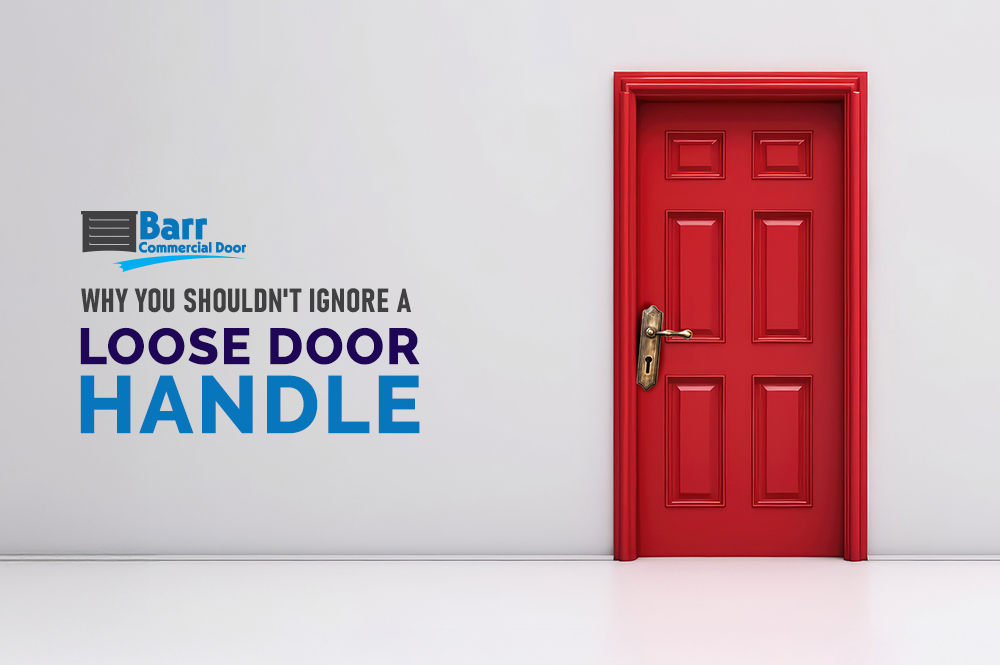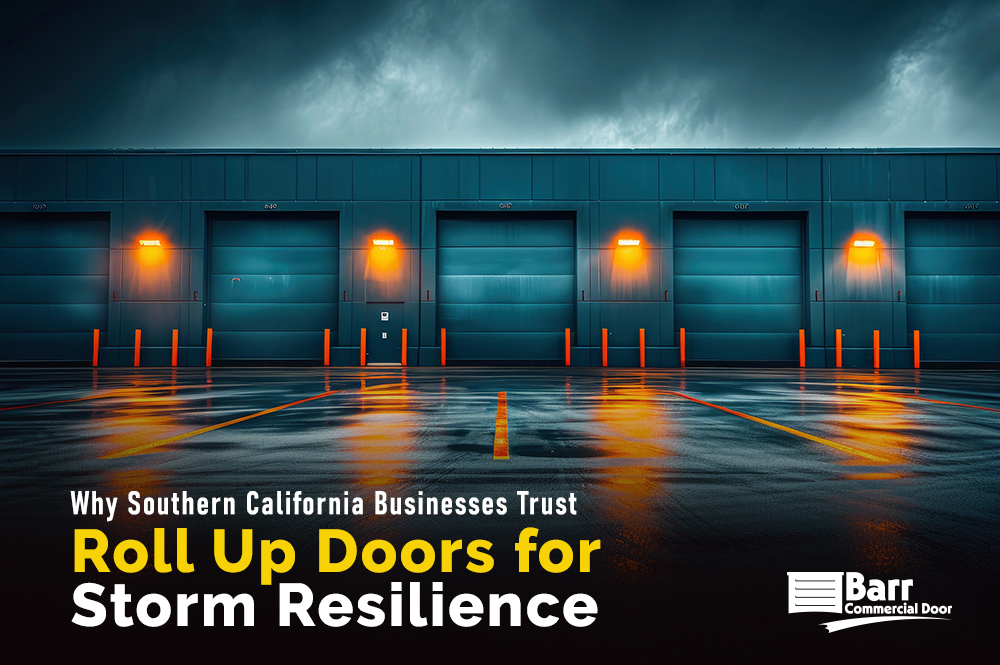Overview: Explore the key differences between laminated and tempered glass for drive-through windows. Discover which offers better security and compliance for commercial properties in Los Angeles and Orange County!
Drive-through windows do more than serve customers — they’re a frontline defense for your business. Whether you manage a fast-food chain in Los Angeles or operate a pharmacy in Orange County, the type of glass you choose can make a big difference in both security and safety.
The question is: Should you go with laminated or tempered glass? Both have their strengths, but only one offers the kind of protection that stands up to real-world threats like forced entry, flying debris, or attempted vandalism.
In this post, we’ll break down the key differences and help you determine which option is best for your commercial property — so your drive-through windows don’t become a weak spot!
What Is Tempered Glass?
Tempered glass is heat-treated to increase strength compared to standard glass. It’s about four to five times stronger than regular annealed glass. When broken, it shatters into small, blunt pieces to reduce injury risk — ideal for general safety applications.
Advantages of Tempered Glass:
-
Stronger than regular glass
-
Breaks into safe chunks
-
Cost-effective option
-
Meets many basic safety codes
Disadvantages:
-
Shatters completely when broken, leaving a potential security gap
-
Cannot be re-cut or modified after production
Tempered glass is commonly used in storefronts and interior commercial applications across Los Angeles County, but for high-security areas like drive-through windows, its instant shattering can pose a risk.
Stil trying to decide? Here are quick 7 Advantages of Tempered Glass you’ll love to read
What Is Laminated Glass?
Laminated glass is made by sandwiching a layer of polyvinyl butyral (PVB) between two sheets of glass. This inner layer keeps the glass bonded even when broken, offering continuous protection and preventing entry.
Advantages of Laminated Glass:
-
Stays intact when cracked—ideal for intrusion resistance
-
Blocks 99% of UV rays
-
Reduces outside noise — useful for busy commercial zones in Orange County
-
Meets or exceeds security and safety glazing requirements
Disadvantages:
-
Typically more expensive than tempered glass
-
Can be heavier and slightly less transparent than tempered
This glass type is favored for drive-through applications requiring impact resistance, such as in commercial properties in Los Angeles where theft, vandalism, or storms are a concern.
>> Related Reading: Why And When to Use Laminated Glass?
Security Showdown: Which Is Better?
When comparing both glass types for drive-through windows, laminated glass clearly provides the better security profile. Its ability to remain intact even under impact gives businesses time to respond to threats, reduces liability, and ensures continuous operation.
In high-traffic commercial zones from Long Beach to Anaheim, laminated glass is becoming the go-to choice for property owners who value security, safety, and compliance. Tempered glass may be suitable for interior areas or low-risk windows, but for external, customer-facing access points, laminated glass leads the way.
Why It Matters for Southern California Businesses
Whether you’re a fast-food franchise in Downtown Los Angeles, a pharmacy in Irvine, or a retail bank in Santa Ana, choosing the right glass for your drive-through window is about more than just security — it’s about staying compliant with local safety codes and protecting your assets, staff, and customers.
At Barr Commercial Door, we specialize in helping businesses across Los Angeles and Orange County choose, install, and maintain the right window and door solutions to match their needs.


